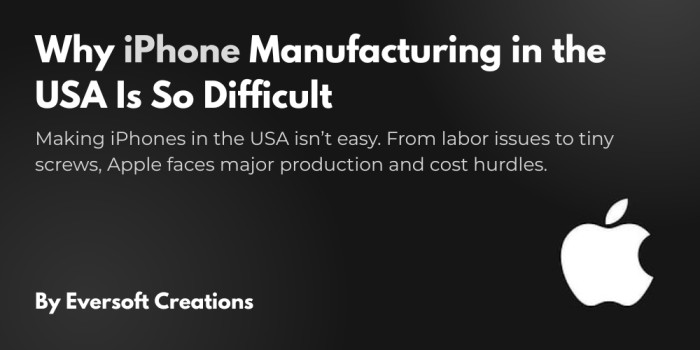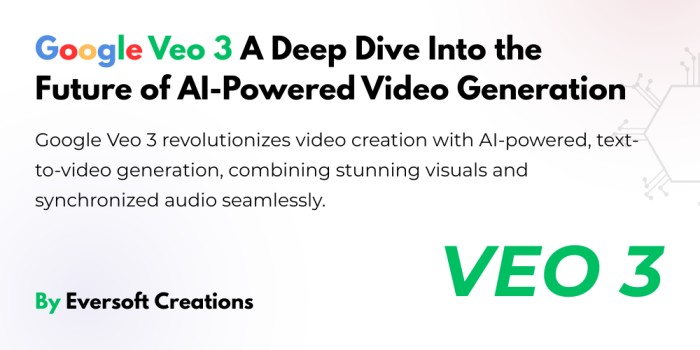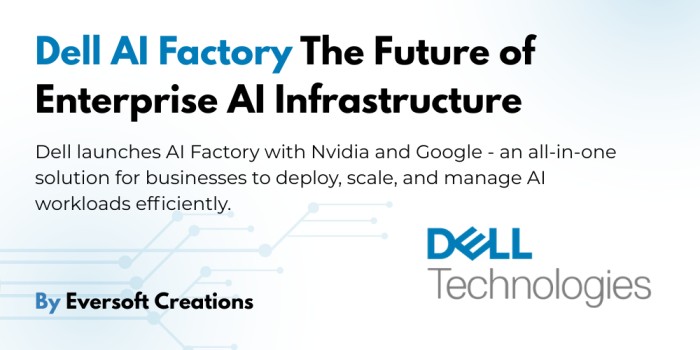Introduction
This year, OpenAI brought in Jony Ive’s AI startup, io, for a historic $6.5 billion acquisition in equity. It shows that OpenAI is expanding into making robotics for consumers, using top artificial intelligence and exceptional design. AI is now a part of nearly every aspect of life which is why OpenAI’s move into the hardware industry may transform how we regularly interact with AI.
We’ll focus on the details around this acquisition, present Jony Ive’s background, describe what io is and examine the effect this has on the AI hardware landscape. We’ll explore the effect this has on OpenAI and the technology industry in general.
Who Is Jony Ive and What Is io?
Sir Jony Ive is recognized as one of the best designers the world of consumer technology has ever known. At Apple, Ive acted as the creative mind behind products including the iMac, iPod, iPhone and MacBook. The following year, in 2019, he left Apple to launch LoveFrom, an agency that is known for its big, creative projects.
Jony Ive set up a new startup named io in 2024, with the hope of designing useful AI hardware for consumers. io’s team of designers, engineers and researchers used their experience to offer users devices that depend on AI and provide more than the functions seen in regular smartphones. Key technologies used in current AI are being baked into new personal devices.
Before the acquisition, io attracted 23% of its funding from OpenAI. The initial partnership helped lead to the current fully integrated design.
Details of the $6.5 Billion Acquisition
As an all-equity deal, OpenAI is getting ownership by trading company stock instead of being paid in cash. Investors in this deal show faith in the future benefits io will bring to OpenAI.
As part of the deal:
- OpenAI will take full ownership of io.
- Jony Ive will assume a prominent creative and design leadership role at OpenAI.
- The 55-person io team will integrate into OpenAI’s San Francisco offices.
- LoveFrom, Ive’s independent design firm, will continue operating but now holds equity in OpenAI and will remain a design partner.
The Vision: Redefining AI Hardware
Besides taking over a design firm, the merger means OpenAI aims to rethink the relationship between people and AI. Altman wants to create a new device category he calls an “external brain,” designed to help individuals with everything from daily chores to work tasks in a friendlier and less work-disturbing fashion than other systems.
Unlike smartphones and computers, you may not see a lot of screens on these tools. Early indications are that OpenAI and Ive have begun to check out hardware systems.
- Wearables with camera-based sensors
- Intelligent audio interfaces (e.g., advanced earbuds)
- Minimalist smart assistants
The aim is to create technology that recognizes context, makes choices and interacts easily with people, including in their normal daily activities.
Why This Matters for OpenAI
Thanks to its primary creation, GPT-4, OpenAI is presently leading in the area of generative AI. Yet, until now, the main way to use its features was through web applications, APIs or integrations with providers like Microsoft.
This acquisition marks a significant pivot:
- Vertical Integration: OpenAI is now building both the brain (AI models) and the body (hardware) of its future systems.
- Consumer Branding: By launching its own hardware products, OpenAI can directly shape user experiences and establish itself as a consumer brand, much like Apple, Google, or Amazon.
- Design Excellence: With Jony Ive on board, OpenAI gains not just a top-tier designer but a symbol of trust, innovation, and aesthetic excellence.
- AI at the Edge: AI hardware allows models to run directly on the device, reducing reliance on cloud services, improving latency, and enhancing privacy.
Strategic Implications for the Tech Industry
The tech world is watching this development closely. Here’s why:
- It is possible that Apple and Google have to reconsider their approach to AI hardware. While Apple and Google have included AI in Siri, the Neural Engine and Tensor, as well as Bard, respectively, OpenAI’s all-in-one solution might be more powerful.
- Moving forward, startups and investors are likely to pay closer attention to hardware specially developed for artificial intelligence. The deal proves that AI hardware belongs to a new range of products.
- This year’s discussion topics are expected to focus on AI ethics and user experience. Devices that stay on all the time and are well-placed to observe us make us ask about privacy, data collection and the way they influence our actions.
- Things are going to get more competitive. Firms such as Humane, Rabbit and others are beginning to try out alternatives in this field. With greater resources and a larger audience, OpenAI is now joining the effort.
Challenges Ahead
Despite the excitement, there are hurdles:
- Consumer Trust: Users may hesitate to adopt new, always-listening devices.
- Market Readiness: The AI hardware category is still nascent. It may take years for mass adoption.
- Regulatory Scrutiny: As AI becomes more embedded in daily life, regulators will look more closely at how data is collected and used.
However, OpenAI and Ive seem aware of these concerns. Their combined expertise positions them well to navigate these waters thoughtfully.
Looking to the Future
OpenAI-io’s first product will debut at some point in 2026. The details are being kept secret, but it seems the AI will feel more like a companion than a typical device, according to sources.
For now, this deal is laying the groundwork for a new wave of intelligent computing in which hardware and software are built side-by-side with user experience, privacy and function in mind.
Conclusion
Jony Ive’s io joining OpenAI goes beyond news – it will change the way we live, work and connect as AI gets more powerful. With its combination of artificial intelligence and expert design, OpenAI is aiming to make itself a familiar name in both software and the hardware we keep close in our everyday lives.
As we begin this new phase, it’s clear that our relationship with AI will be different going forward.
Stay tuned to Eversoft Creations for the latest developments in AI, technology, and innovation!



